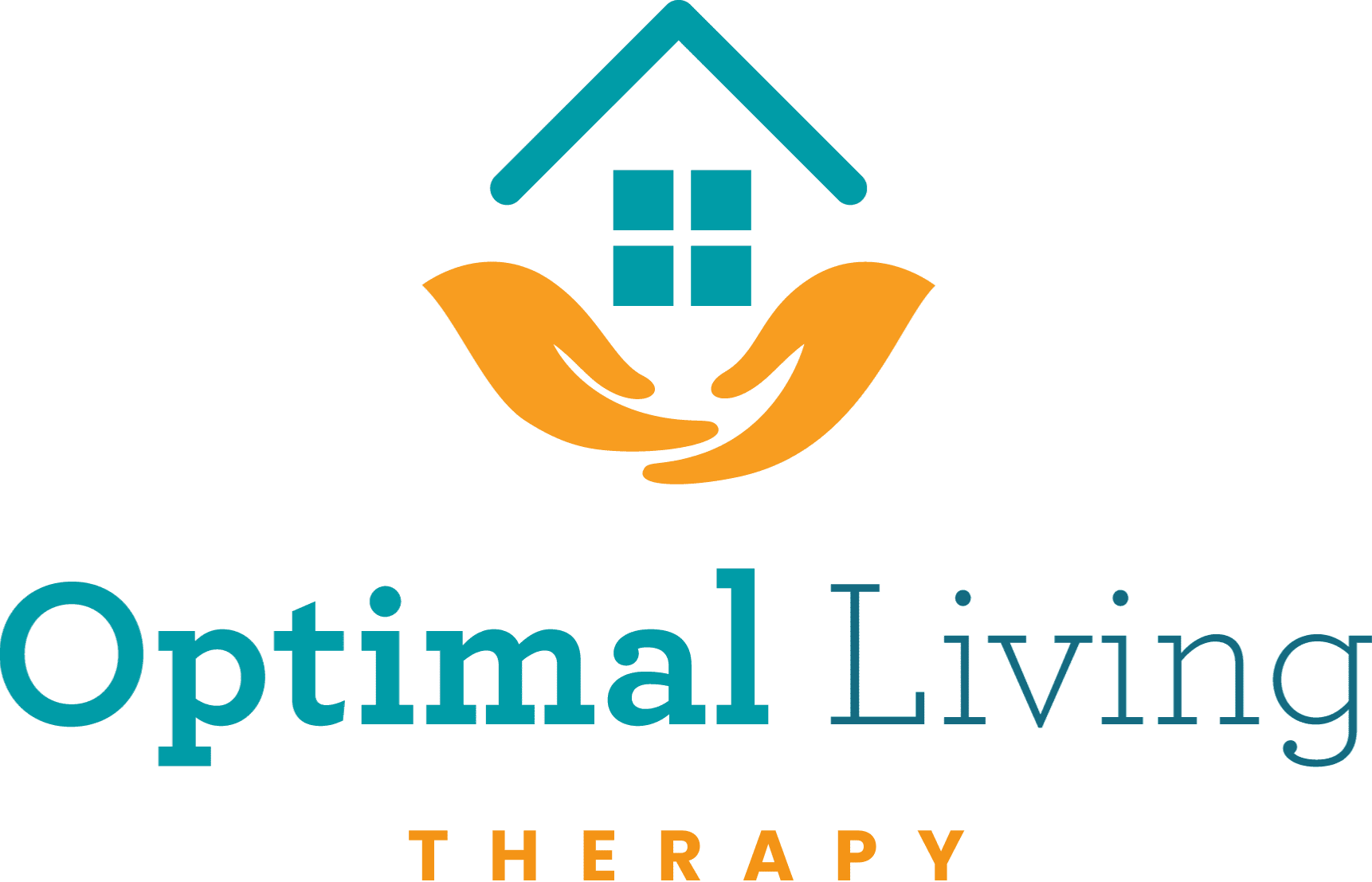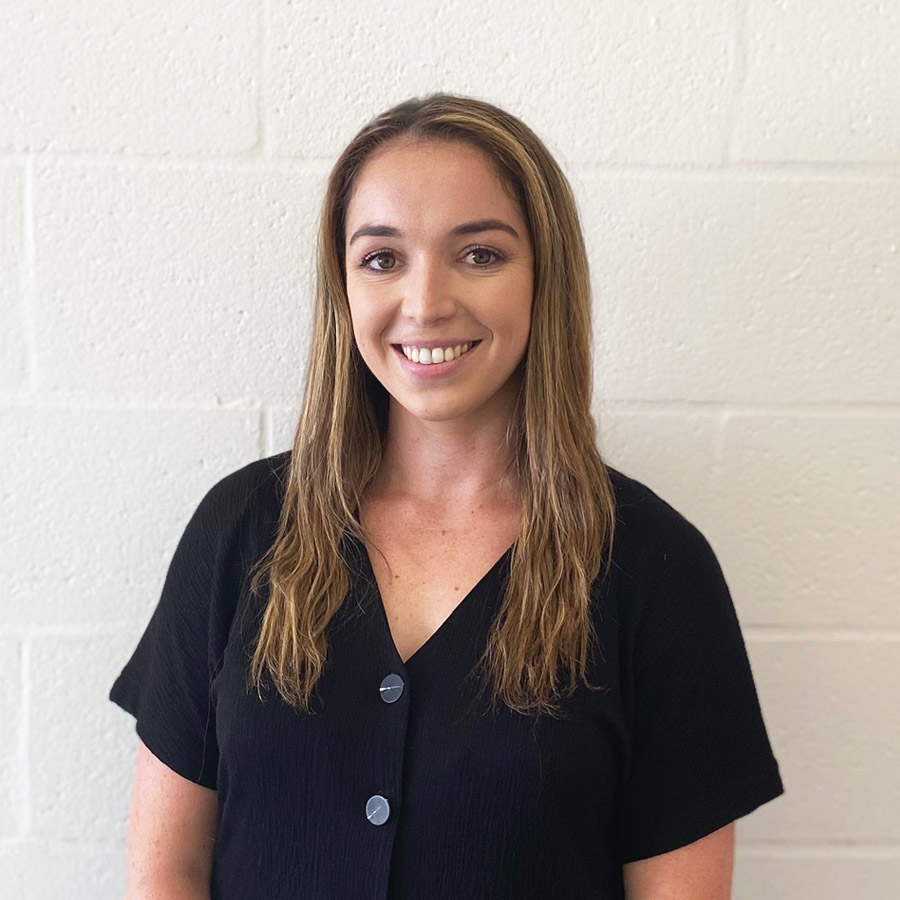Ever wondered what a community-based occupational therapist actually does in a typical week? The role is highly varied, highly rewarding and we are pretty proud of what we get to do in the community. We spoke with one of our occupational therapists, Rebecca Moore, about what the typical week looks like.
Monday
First thing on a Monday morning, I respond to emails that I’ve received over the weekend. These usually involve responding to client and support coordinator queries, following up on equipment and contacting assistive technology (AT) suppliers.
Next, I visit one of my clients in their home where I meet with them, their support coordinator and support worker to conduct a specialist disability accommodation (SDA) assessment. My client is looking to move to an SDA in another area of Perth. During the assessment, I review the environmental and physical aspects required and how my client functions in a 24-hour period. Based on their impairment, I ask them to perform certain tasks to as part of the assessment.
Following the assessment, I return home to work from home for the remainder of the day. I spend the afternoon writing SDA reports and preparing rehabilitation resources for a client I’ll meet with the next day. He has an acquired brain injury (ABI) and I am using cognitive therapies to help him be ready to return to his workplace. This involves language activities, problem-solving activities and memory training. During this time, I reflect on our session from the previous fortnight and prepare resources that will be most helpful to my client so he can achieve his goals.
As part of the Optimal team, I am currently undertaking a QI project of building a resource library that can be utilised by the whole team. I spend some time gathering resources and researching relevant and upcoming evidence, as well as creating resources across all the domains for our teams to use.
Tuesday
I begin my day working from home, writing SDA reports while enjoying some sunshine in my backyard. I also touch base with clients I don’t regular see and handle general queries from support coordinators.
I make my way to my first client visit for the day which involves a rehabilitation session, which I prepared for on Monday. We begin with some warm-up games and then work through the activities I prepared. By the end of the session, my client reported that he had some pain in his left hand so we decided we would focus the rehabilitation next time on his upper limbs.
I returned home and followed up on a profiling height adjustable bed for a client currently living in a residential care facility. I am seeking a better solution so my client is able to sleep comfortably, complete her bed mobility and transfers safely as her current bed does not suit her needs.
Lastly, I drive to a wheelchair provider in Canning Vale to conduct a wheelchair trial for a client. My client and I meet with the sales assistant and trial four different types of wheelchairs. We are looking for a wheelchair that is ultra lightweight, compact and easy for my client to put in and take out of his car by himself, so we do a lot of problem-solving and lifting the wheelchairs in and out of his car. Following the trial, I fill out some paperwork that details how the trial was unsuccessful and we will need to do another one to find a suitable option.
Wednesday
On this day, I spend majority of my time at the Optimal office writing SDA reports and AT applications.
The SDA report is the written form of the assessment I perform with clients. I review previous reports and liaise with suppliers, if needed. Sometimes, I will review housing plans if there are any in the works. Once I complete the report, I ask my client’s family or support coordinator to review the report to ensure they are happy with what I have prepared. Next, Optimal Therapy Founder Lauren Hart reviews the report and once finalised we submit it to the NDIS and wait for their review. One of the benefits of writing these reports in the office is I can bounce ideas off others in the team.
Whilst in the office, I also spent time writing AT applications for clients once we have completed a successful trial with a client. This application is sent to the NDIS for approval of their equipment. The documents can be quite lengthy as we need to detail all of the specifications of the equipment and the functional outcomes that it will have.
While I’m in the office, I sit down with one my fellow occupational therapists at Optimal Therapy to hand over a client they will be taking over in the coming weeks. We discuss what therapy has been already done, what her goals are and what the plan is moving forward.
Thursday
I begin my day by following up with some of the items from the previous day, such as the ongoing writing of an AT application for a basketball wheelchair. This client has been playing with a community wheelchair basketball team and has been loaning a wheelchair. We are applying for her own which will be much more suitable for her.
Next, I continue to organise a robust bed for a patient with a diagnosis of autism, who easily breaks furniture. He requires a really heavy bed, made from one block of material so it is tamper-proof and unmovable. I have found a great solution which has a custom-made foam headboard. As this meets the needs of my client, NDIS will be covering the costs of acquiring the bed and organising the shipment from Melbourne.
Later in the morning, I conduct a rehabilitation session for a young man with autism. This week’s session also involves speech pathology activities with a speech pathologist to develop his communication.
Next, I have a therapy session with a client who has an acquired brain injury (ABI). He hopes to move out independently in the near future so I am helping him develop money management skills, meal preparation, how to increase motivation, routine planning and other general life skills.
Friday
We start our day with our weekly team meeting in the office. Some of the team join us from home via zoom. We check in one another by sharing the best part, most challenging part and wildcard from the week. We also share company updates, information about new clients and learnings from professional development.
Similar to Wednesday, I spend majority of the day writing reports, mostly focusing on finishing off ongoing SDA reports and AT applications to submit to the NDIS for approval.
I also write a progress report for a therapy client who has a NDIS planning session soon. The report details their therapy, how they are progressing and their current needs. This takes about two hours of my time.
Want to know more about what our occupational therapists do and the services they offer? We love helping our clients achieve their goals and live meaningful and fulfilling lives. Learn more here.




